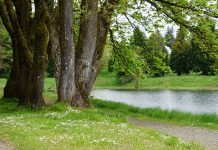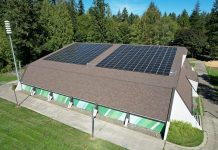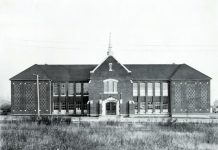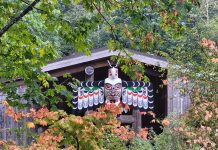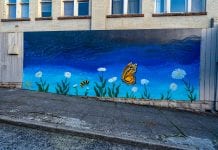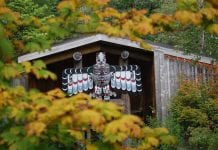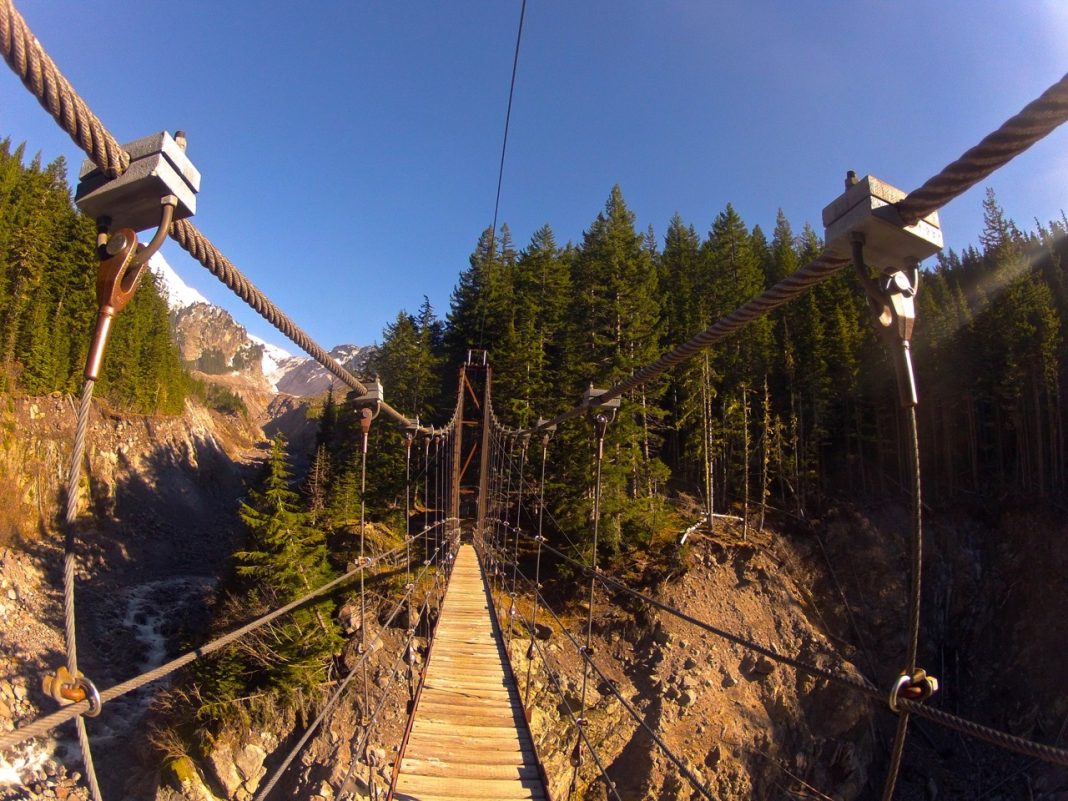America’s national parks have never been more popular.  Locally, Mount Rainier National Park is heavily visited in the summer, meaning it can get a bit crowded. While parking lots will fill up and popular destinations will be crowded, there are a few tips that will help you and your family avoid the masses. Crowds may be unavoidable on some days, but the following five tips should help you reduce the stress of visiting Mount Rainier, allowing you and your family to have a wonderful day around this stunning volcano.
Locally, Mount Rainier National Park is heavily visited in the summer, meaning it can get a bit crowded. While parking lots will fill up and popular destinations will be crowded, there are a few tips that will help you and your family avoid the masses. Crowds may be unavoidable on some days, but the following five tips should help you reduce the stress of visiting Mount Rainier, allowing you and your family to have a wonderful day around this stunning volcano.
Go During a Weekday
Weekends are always crowded at Mount Rainier. Starting Friday afternoon, the roads leading into the park start getting crowded, building up throughout the day on Saturday and finally slowing down on Sunday evening. Parking lots are full, campgrounds have filled up, and all of the viewpoints and roadside attractions are packed. To avoid these crowds, the easiest thing to do is to go during the week.
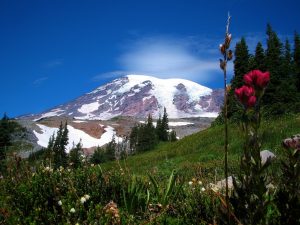
Take a day or two off from work, even take an afternoon off and head to the mountain on a non-holiday Wednesday afternoon. You’ll discover that, while still a popular destination, weekdays are much more manageable. Lodging is easier to find, campgrounds are typically not full and parking around the popular areas like Paradise, Sunrise, Longmire and Ohanapecosh is much less stressful. Another bonus is that, when offered, the ranger-led hikes are also less crowded, giving you a better chance to ask questions and really gain valuable knowledge on the majesty and history of Mount Rainier.
Arrive Early
If you can’t go to Mount Rainier on a weekday, plan on waking up early and hitting the park before the crowds arrive. More often than not, if you arrive at a national park gate before 8:30 a.m., you’ll have very few cars in front of you and parking lots won’t be packed to the hilt. The earlier you reach the park gate, the better. There is nothing quite like seeing the first rays of light hit the mountain, illuminating the snow-covered peaks and forests below with the warmth of the sun.
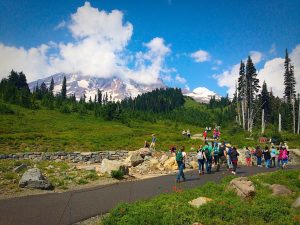
In the dawn hours, parking is plentiful, animals are just starting to be active, and you have an entire day of exploring, adventuring and experiencing the bliss of Washington’s high alpine wilderness. Campsites also tend to be easier to find the earlier you arrive in the park, especially right after 9:00 a.m. or 10:00 a.m. when people check out.
Go Hiking
According to most rangers, the average national park visitor doesn’t travel farther than a half mile from their car during a visit. Mount Rainier National Park has over 260 miles of maintained trails, most of which start from one of the major regions of the park. From trips to waterfalls, through ancient forests, or up to mountain top vistas where you can see Rainier in her full glory, the numerous paths around the region connect you to this stunning mountain. Whether you choose one of The Outdoor Society’s nine favorite Rainier region hikes or explore the favorites listed on Washington Trails Association, hikers of every age and ability can get out and see the park away from the masses. Remember to always be prepared and follow the Leave No Trace Principles!
Explore a Less Developed Area of the Park
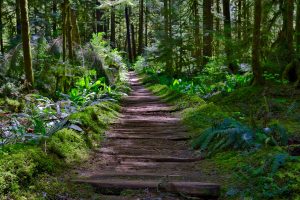
Nearly everyone who visits Mount Rainier National Park seems to go to one of three areas. They go to Longmire, drive up to Paradise or start on the other side of the park and hit up Sunrise. While those areas need to be experienced, there are corners of the park less frequented, giving you a unique and possibly less crowded outing. Keep in mind that these areas have fewer amenities. One corner to explore is up the Carbon River, out of Buckley. Once a popular destination, a washout in 2006 closed the road into the park to vehicles. Now, walk along the old road through a rainforest, taking side trails to old mines and other interesting side trips. Near the same area, another scenic region is the Mowich Lake area of the park. Known for the beauty of Spray Park, this area is growing in popularity, but perfect for early morning and weekday adventures.
Go Stargazing
Finally, for a memorable and uncrowded visit, go to the park a few hours before sunset, when the masses are heading home. After sunset, when the sky grows dark, the popular regions of Rainier become ghost towns, perfect for stargazing. As the Milky Way galaxy expands above you, watch for meteors, satellites, the International Space Station and maybe even the Northern Lights. There are few places in the Pacific Northwest better for stargazing than around Mount Rainier, and after a few hours of staring into the heavens, you may never want to visit the park in the daylight hours again.







